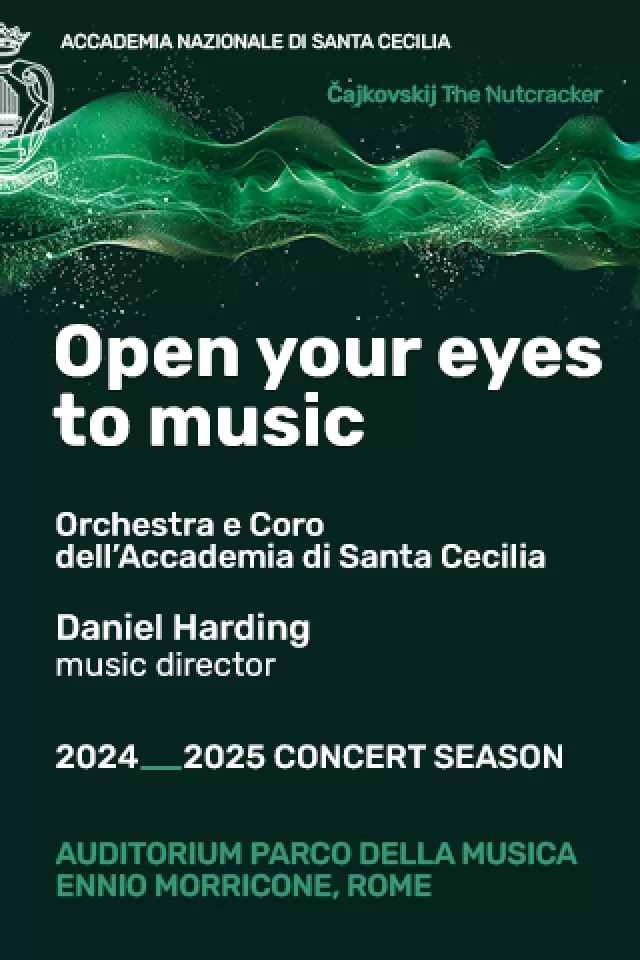The green lung of Lazio.
Most people who go to visit the famous monastic complex of St Benedict and St Scolastica at Subiaco do not realise that they are actually in the heart of Lazios biggest park.
The town of Subiaco is one of the gateways into the Monti Simbruini park, which extends over a vast area of 30,000 hectares full of breathtaking views, enchanting beauty spots and a strikingly varied landscape, ranging from the craggy uplands of the Apennines to the mossy gullies of the river Aniene.
This little-known paradise of mountain walks, beech woods, peaceful river banks, intriguing caves and swallow holes, strange boulder formations and open plateaux, where cattle and horses graze free and undisturbed, is just over an hours drive from Rome, but is virtually undiscovered.
Barbara de Simone, who works as a consultant for the parks development, finds this inexplicable. I think weve got some of the most wonderful scenery in the world, she says. Weve got wolves and wild boar, as well as wildcats and two pairs of golden eagles. We have a fantastic variety of rare flowers and wild orchids. We even have a bear that has migrated from over the mountains. Everybody knows about the Abruzzo national park but hardly anything about us.
Antonio Abbate, newly-appointed park president, is more cautious. The park isnt equipped to welcome too many people. We need to develop it carefully, respecting the old traditions. We need to help the residents to understand that it could present a good opportunity for the future.
The Monti Simbruini park was founded 20 years ago but, like many protected areas in Italy, it has had prolonged teething troubles. Italian parks are not simply wildlife reserves they also have human inhabitants, most of whom have been there for generations and who tend to be suspicious of anything they see as outside interference.
At the moment, one of the main problems is the lack of visitor facilities. The only hotel of any size is the S. Scolastica foresteria, or guest house, at Subiaco. Guest houses and bed and breakfast establishments are thin on the ground, though there are a few off-the-beaten-track, spartan-style hostels for the truly dedicated nature lover. The majority of trattorie are grouped in Subiaco and Filettino, gateway to the Campo Staffi ski resort.
One of the solutions the park has considered, Abbate explains, is a relatively new formula known as the albergo diffuso, which has been adopted with some success in other regions of Italy. This project envisages converting a group of farm buildings or houses into rooms or suites, with a central nucleus containing a restaurant and other services. So far, however, the local people have not shown interest in the project.
The lack of accommodation can prove an obstacle to hikers who want to explore some of the nature trails. The Coleman track (named after the 19th-century English artist Henry Coleman, who specialised in painting the Roman countryside) starts at the ruins of Neros villa at Subiaco and wends its way through stupendous highland scenery to Prataglia, at the northern border of the park. This is a 16-hour trek to be undertaken only in summer by expert walkers. There are, however, many shorter walks of a few kilometres, which are suitable for almost everyone. Some of the most fascinating itineraries take in places of exceptional beauty and interest, such as the fountainhead of the Aniene river, the Inferniglio grotto with its multiform stalactites, stalagmites and underground pools (one of the 83 caves in the park), the venerable old sanctuary of the Holy Trinity, set into the rock face of Monte Autore, the falls of Trevi, with traces of the ancient Roman aqueduct, the beech forests of Monte Livata and the far west landscape of Campo Secco, where the popular Trinity series of spaghetti westerns was filmed. The towns in the park all have visitor centres with maps and information, and guided excursions are also available.
The abundance of water is a particular feature of the zone a characteristic that the ancient Romans were not slow to appreciate. In fact, three aqueducts from Monti Simbruini supplied the capitals needs. The name, which comes from the Latin sub imbribus (under the rain), was a tribute to the areas qualities.
The vegetation is also particularly rich and varied. Seventy percent of the territory is covered in forest and it is often referred to as the green lung of Lazio. A total of 1,381 types of plants have been catalogued, 80 of which belong to protected species, including 28 species of wild orchid. This precious natural patrimony will be documented in a museum of plants, scheduled to open at the end of June.
Perhaps the most fascinating feature, however, is its seven historic towns and mountain villages: Subiaco, Jenne, Camerata Nuova, Cervara di Roma, Filettino, Trevi nel Lazio and Vallepietra miracles of mediaeval architecture built on rocky outcrops in inhospitable terrain. Centuries of virtual isolation have allowed them to preserve their individuality up to the present day.
Each village of 400 inhabitants has its own gastronomic specialities that we are anxious to encourage and preserve, says Alberto Foppoli, who handles promotion and development. The park is now planning to launch its own trademark, which will appear on the labels of all local products such as meat, biscuits, sweets and pasta.
According to Abbate, the biggest challenge facing the park is finding ways to help it grow economically, while preserving the delicate ecosystem. We have to strike a balance between these two necessities. The object is to recreate a lifestyle that is different from the one in towns. We need to look back to see what we can learn from our great patrimony of traditions and recover our relationship with nature.
How to reach the park:
Take the Rome-LAquila motorway, exit at Vicovaro Mandela, then take the SS5 road to Subiaco. Alternatively, take the A1 from Rome via Colleferro, Fiuggi and Altipiani di Arcinazzo. Public buses (COTRAL) also go from the Ponte Mammolo terminal of the Metro B line.
For information contact the central administration office in Jenne, tel. 0774827320.





















